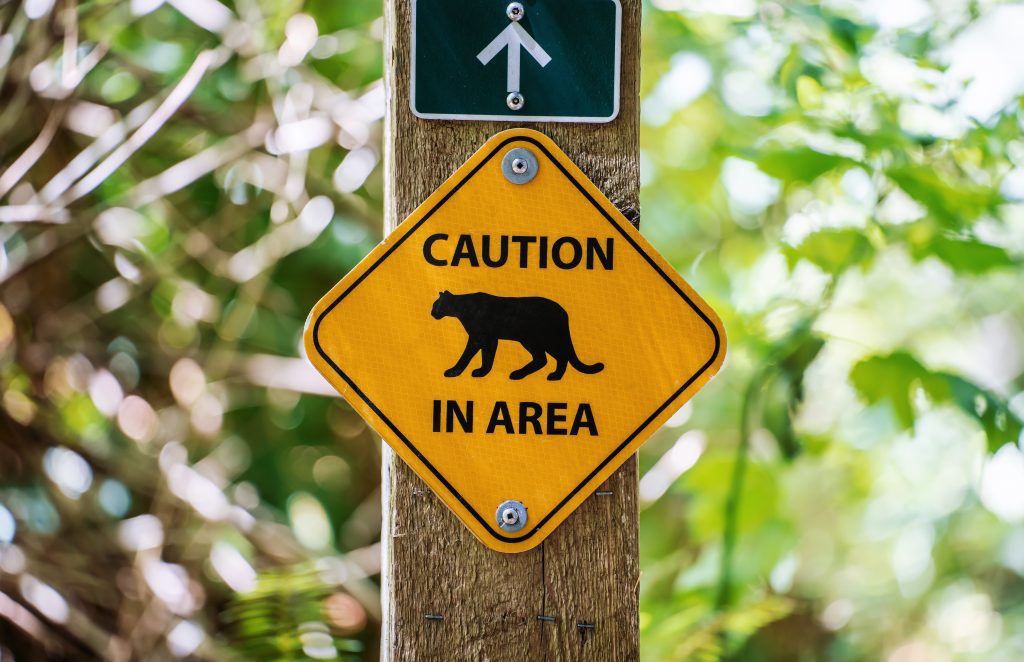When House Cats Go Wild: The Cougar Confusion in Oregon and Washington
In the picturesque landscapes of the Pacific Northwest, where untamed wilderness meets urban living, residents recently found themselves in a furry fiasco involving house cats and their larger, more elusive cousins, cougars. In a comical case of mistaken identity, two cities, Tigard, Oregon, and Moses Lake, Washington, were sent into a frenzy after reported sightings of cougars turned out to be nothing more than chubby house cats on the prowl for a snack.
Cougars, also known as mountain lions or pumas, are majestic creatures that, although generally avoiding human contact, can pose a danger when cornered. These big cats still inhabit the Pacific Northwest, adding an air of mystery to the region. However, recent events served as quirky reminders that not everything resembling a wildcat is as it seems.

The incident in Tigard unfolded when reports of a cougar sighting in Cook Park surfaced on November 16. The city authorities, understandably concerned for public safety, alerted the Oregon Department of Fish and Wildlife (ODFW) and the Tigard Police Department. The news spread rapidly on social media, accompanied by cautionary messages to stay vigilant and leash pets.
The plot thickened when the ODFW reviewed the “evidence.” A grainy, low-quality video from Cook Park was the sole basis for the cougar scare. The agency promptly debunked the report, comparing the creature’s size to nearby objects, revealing that it was merely a small house cat. The ODFW’s observations included the cat’s diminutive stature of less than a foot, a far cry from the usual two-foot size of cougars. Furthermore, the fur’s bright orange hue was a dead giveaway that it wasn’t a cougar, as these big cats typically sport drab tan coats.
The cougar mix-up continued just days later in Moses Lake when a similar alert was issued following a mountain lion sighting. Groff Elementary School even went into a full lockdown in response to the reported threat. However, as the story unfolded, it turned out that the “predator” was, once again, a portly house cat enjoying a rat-based meal.
In both cases, the cougar hysteria was ultimately nothing more than a cat-astrophic misunderstanding. While the mix-ups provided moments of amusement, they also highlighted the importance of accurate wildlife identification. It’s not uncommon for various animals, including dogs, house cats, coyotes, and bobcats, to be mistaken for cougars due to their similar appearances.

In the end, residents of Tigard and Moses Lake can look back on these events with a chuckle, knowing that their cities are safe from wild cougar invasions. These amusing cases serve as a reminder that even in the heart of the Pacific Northwest’s untamed beauty, sometimes, it’s just a fat cat causing all the fuss.
